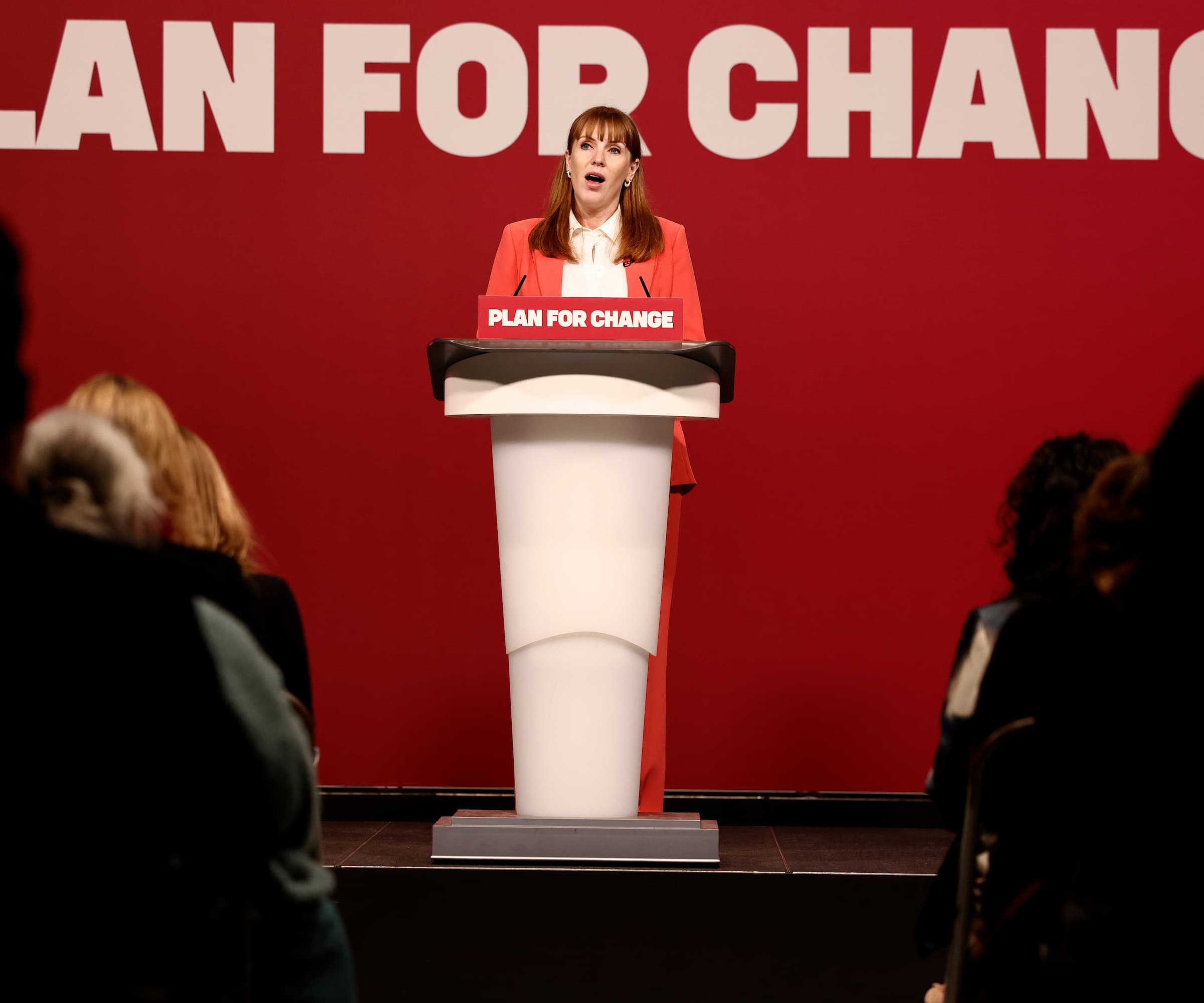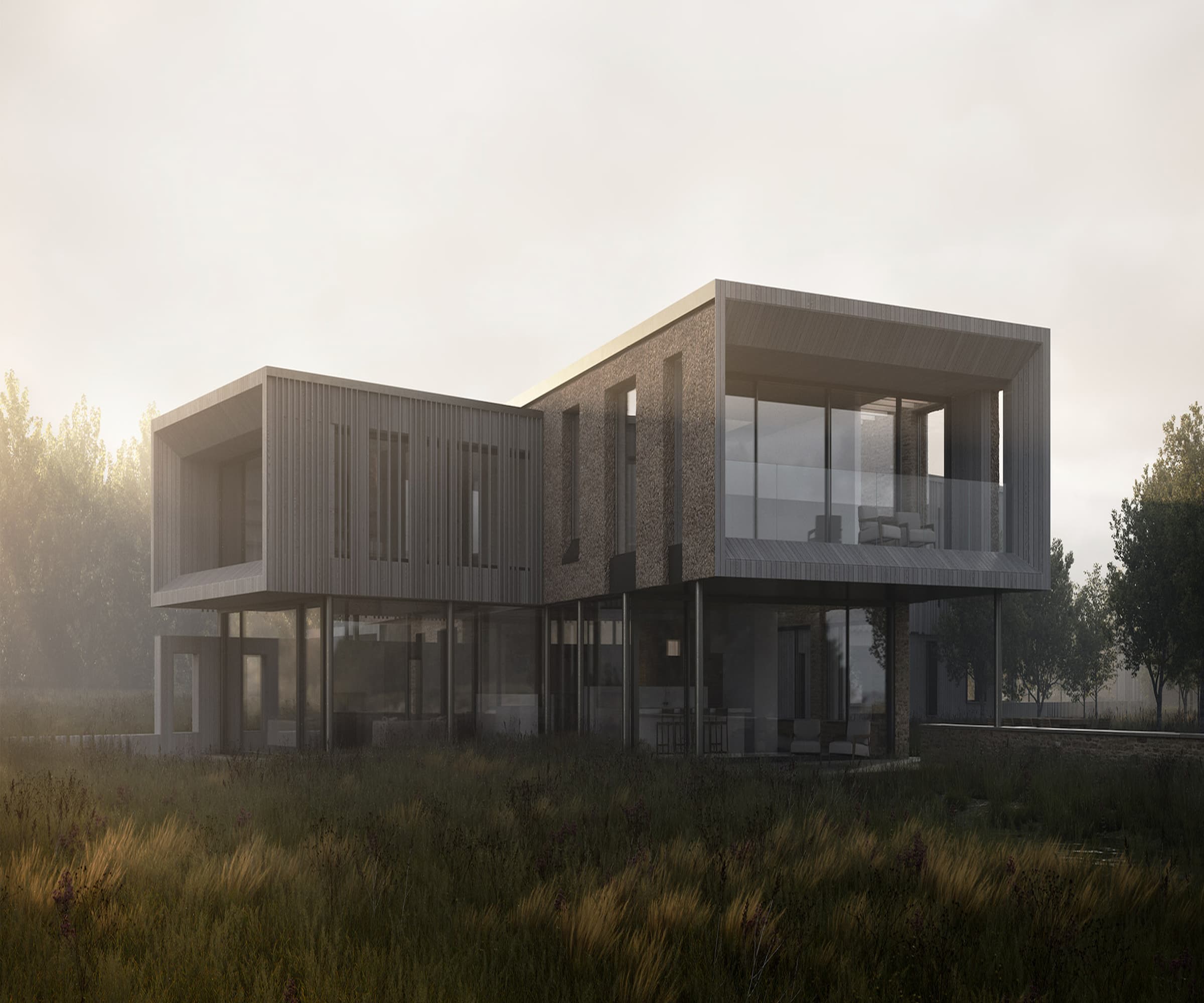Angela Rayner says 'the SME housebuilding comeback starts now'
Angela Rayner's UKREiiF address promises a new phase for SME housebuilders, introducing planning reforms, grey belt development and a commitment to homes built to last

In a speech at the UK Real Estate and Infrastructure Forum (UKREiiF) in Leeds, Deputy Prime Minister Angela Rayner unveiled a new strategy to rejuvenate the UK's housing sector.
Emphasising the crucial role of small and medium-sized enterprises (SMEs), Rayner introduced planning reforms aimed at accelerating housebuilding, including the development of 'grey belt' land and the launch of the New Homes Accelerator.
Industry stakeholders have responded with cautious optimism, recognising both opportunities and challenges ahead.
Empowering SMEs through planning reforms
Rayner's announcement places SMEs at the forefront of the UK's housing revival. The introduction of the New Homes Accelerator aims to expedite the development of stalled sites, providing SMEs with streamlined access to projects.
Additionally, the Planning and Infrastructure Bill proposes granting local authorities the power to set planning fees, potentially reducing bureaucratic delays. However, industry voices express concerns about the financial implications.
"Rising planning fees could deter smaller builders," warns Brian Berry, Chief Executive of the Federation of Master Builders.
"Without adequate support, SMEs may struggle to compete." This sentiment underscores the need for balanced reforms that facilitate growth without imposing undue burdens.
Bring your dream home to life with expert advice, how to guides and design inspiration. Sign up for our newsletter and get two free tickets to a Homebuilding & Renovating Show near you.
Unlocking the 'grey belt' for sustainable development

A cornerstone of Rayner's strategy is the reclassification of certain green belt areas as 'grey belt'.
This move aims to unlock land for development while maintaining environmental integrity. Developments on grey belt land must adhere to 'golden rules,' including a requirement that at least 50% of new homes be affordable and accompanied by necessary infrastructure.
Rayner told the audience: “We can no longer pretend that derelict land near train stations is sacrosanct. Our golden rule is simple: develop it only if you build for local people, build affordably, and build with schools, GPs and green spaces in mind.”
"Prioritising grey belt development ensures we meet housing needs without compromising our green spaces," states Richard Beresford, Chief Executive of the National Federation of Builders. "It's a pragmatic approach that balances growth with conservation."
Building homes that endure
Beyond quantity, Rayner emphasises the quality and longevity of new homes.
The government's vision includes constructing homes that are not only affordable but also energy-efficient and resilient.
"Our commitment is to build homes that stand the test of time," Rayner said. "This means focusing on design, durability, and the integration of essential services."
The emphasis on enduring quality reflects a holistic approach to addressing the housing crisis.

News Editor Joseph has previously written for Today’s Media and Chambers & Partners, focusing on news for conveyancers and industry professionals. Joseph has just started his own self build project, building his own home on his family’s farm with planning permission for a timber frame, three-bedroom house in a one-acre field. The foundation work has already begun and he hopes to have the home built in the next year. Prior to this he renovated his family's home as well as doing several DIY projects, including installing a shower, building sheds, and livestock fences and shelters for the farm’s animals. Outside of homebuilding, Joseph loves rugby and has written for Rugby World, the world’s largest rugby magazine.
